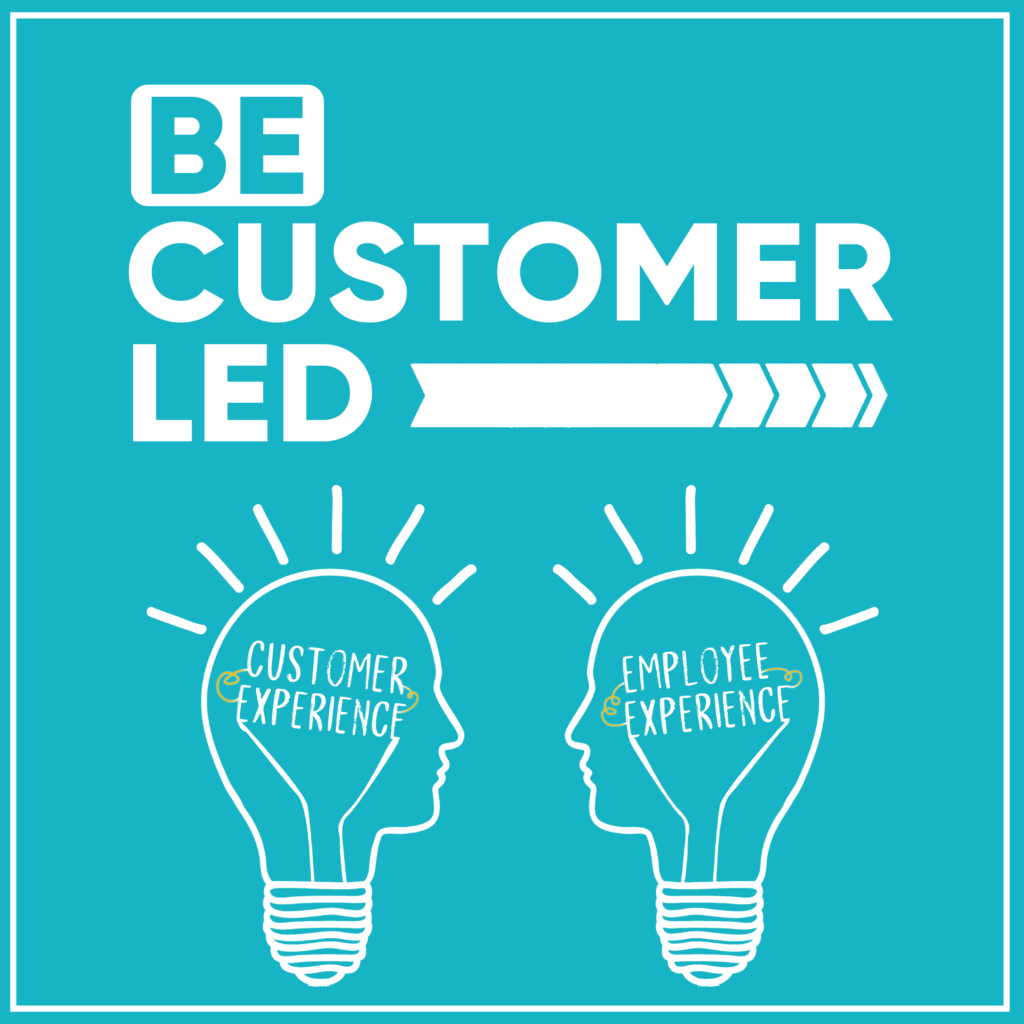I’ve seen a lot of articles lately describing “The 5 Stages of Customer Experience Maturity.” The stages vary – sometimes it’s 4 or 6 (depending on how agile you are, perhaps). Sometimes it’s in the shape of a pyramid, and others just numbered bars, chevrons, or emojis. Sometimes the tags for each stage are defined from an outside-in perspective (like Gartner’s CX Pyramid, which, in my humble opinion, is the most interesting one yet), but most have inside-out focused language.
Some really smart people are putting these out there, no doubt. And, frankly, if you’re leading a Customer Experience (CX) function, or working in one, you should pay close attention to what others are doing to move along the CX maturity path (read: journey) to client greatness. But while you do that, just remember that many journeys don’t end in a defined number of stages; and, last time I checked, or even went through one of my own, it didn’t feel like my experience fit into a pyramid, a chevron, or some other PowerPoint graphic. Also, as a customer, I sometimes find it concerning that leading thinkers in the CX space are publishing these frameworks using these images. But I do know why they do it.
So you might be saying by now, “Okay Bill, if you’re so smart, what does your maturity model look like and why is it better than anyone else’s?” Well, let’s get some cards on the table before we get even close to something better. I personally believe is that there are three distinct traits that separate CX leaders from CX laggards:
First, CX leaders have a deeply profound understanding of their customers and prospects. This goes beyond traditional surveys, and includes all forms and methods of research being used – whether primary or secondary, quantitative or qualitative. And if you’re a CX leader, you’re more than likely integrating learnings from advanced analytics at scale and democratizing these insights at all levels. You have different views for your different stakeholders, but you are regularly publishing the “so what” in order for your organization to determine the “what now” for your clients. You also have your suite of metrics that are both customer- and business-connected and everyone is clear on the target. This way, team members can spend more time on the next attribute: design excellence. Finally, if you’re a leader, you’re putting your dirty laundry out there and publicly showing what you’re learning from your client interactions and, more importantly, what you’re doing about it.
CX leaders invest real time and money in designing great customer and user experiences that are seamless across channels ― digital, mobile, physical space, service line delivery, paper, et al. I don’t mean beautifying your site, app, or delivering great copy somewhere; I mean applying design thinking into everything from your Business Model down into your business processes, and truly partnering with your customer as a co-developer. And these experiences are built for purpose: to advance the company’s business goals (yes, you can and should design experiences that help you achieve strategic business goals); truly great design meets at the intersection of customer needs and business objectives.
Finally, deep knowledge of the client and serious design execution help you focus on the most important part of the equation: client-led culture. Every employee at the company needs to know how they influence the customer experience, and they act like their life depends on it, every day; some call this having a customer obsessed culture. Moreover, functions including Design, Research, Strategy, Marketing, Analytics and Operators are all orchestrated and in sync because information and insights are democratized across the business.
But the culture piece is successful because Design and Insights have partnered with the business to define the CX they want to deliver, they’ve embedded client expectations through democratized insights and metrics, have company values that define the client at their very core, every employee is accountable to the client and have the tools to deliver the CX desired, and HR is an active partner in the effort to drive things like enhanced recruiting, onboarding, engagement and recognition (to name a few).
So, stay tuned for more on this topic, including a deeper view on the three traits mentioned above (Customer Insights | Design Excellence | Customer-led Culture). In the meantime, leave me your thoughts and perhaps we can collaboratively build a better maturity model together ― because as CX leaders and practitioners, if we can’t help each other be successful, the future is pretty grim.
